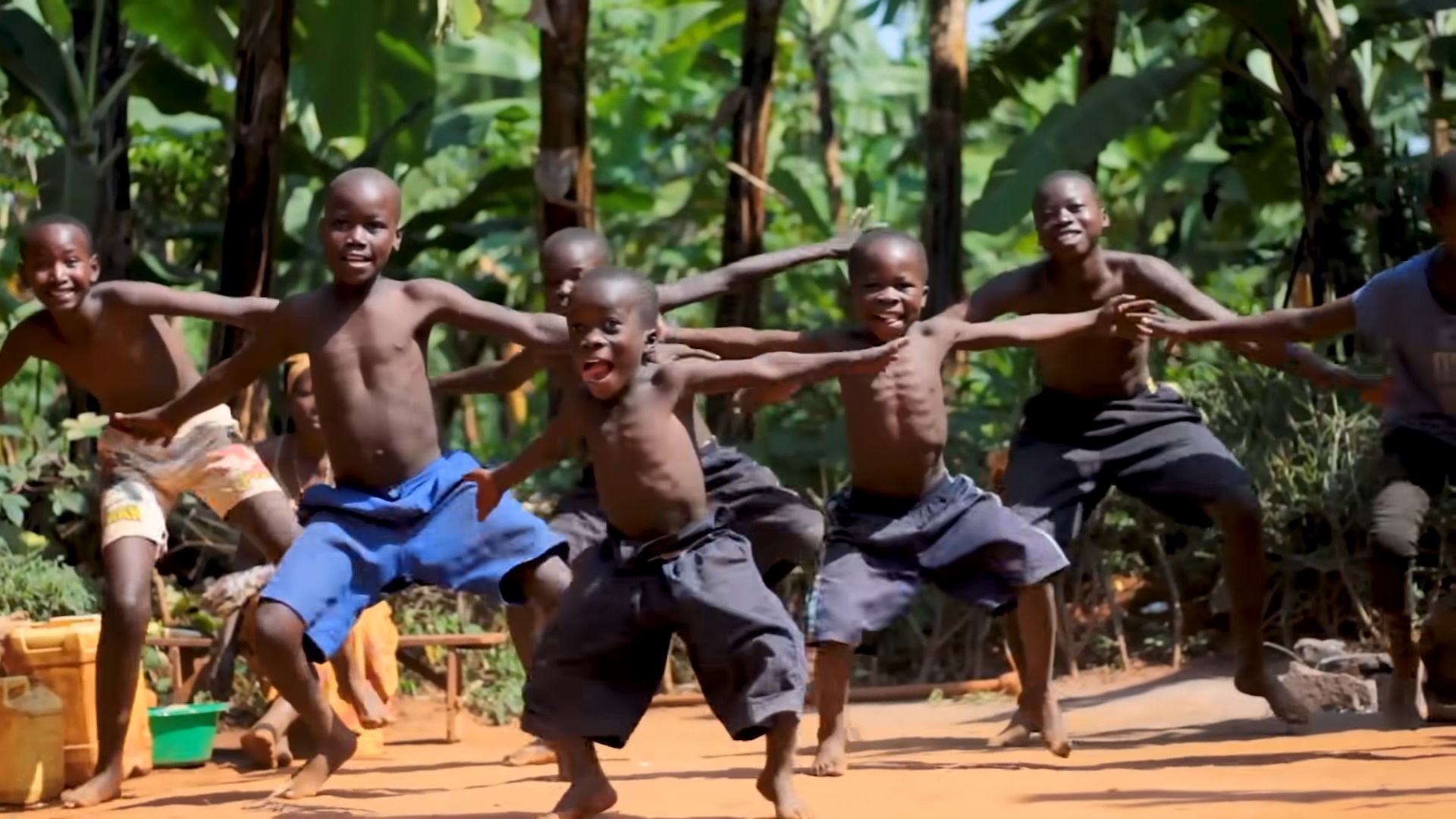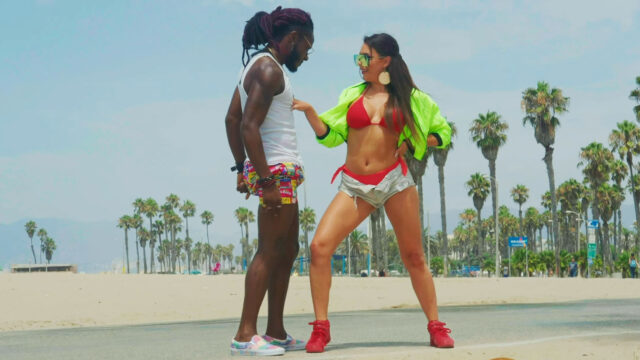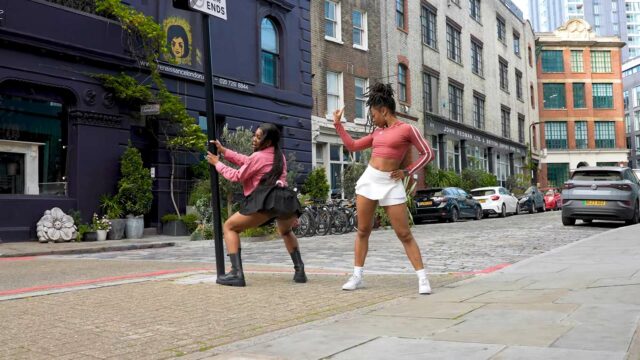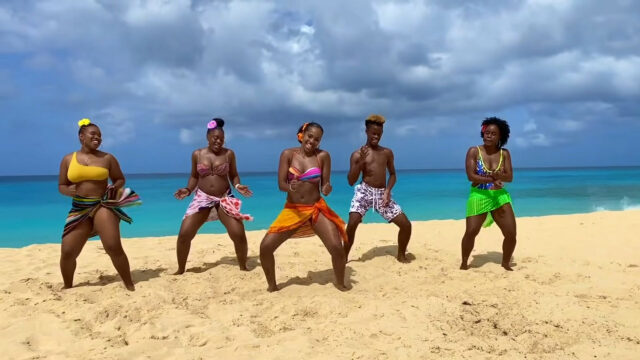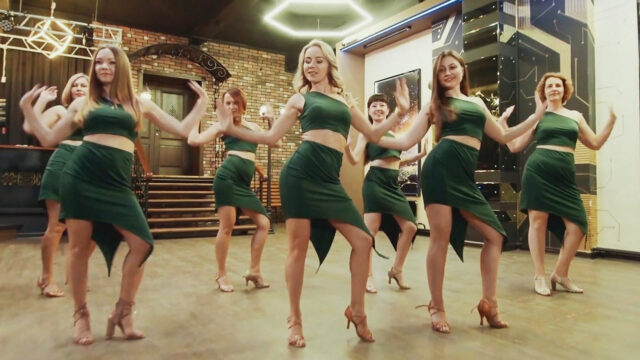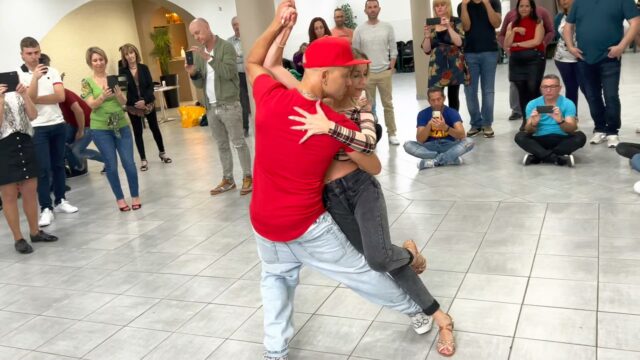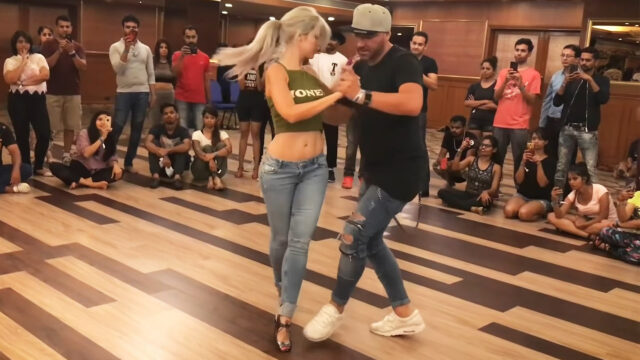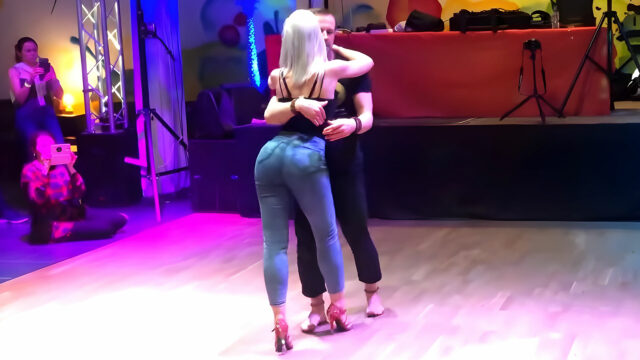Afrobeat dance is a captivating and vibrant style of movement that originated from the Afrobeat music genre. Popularized by Nigerian musician and activist Fela Kuti in the 1960s and 1970s, it has evolved into a dynamic fusion of traditional African dances, modern dance styles, and freestyle movements. This article delves into the essence of Afrobeat dance, its cultural significance, and its global impact as a joyful and expressive form of artistic expression.
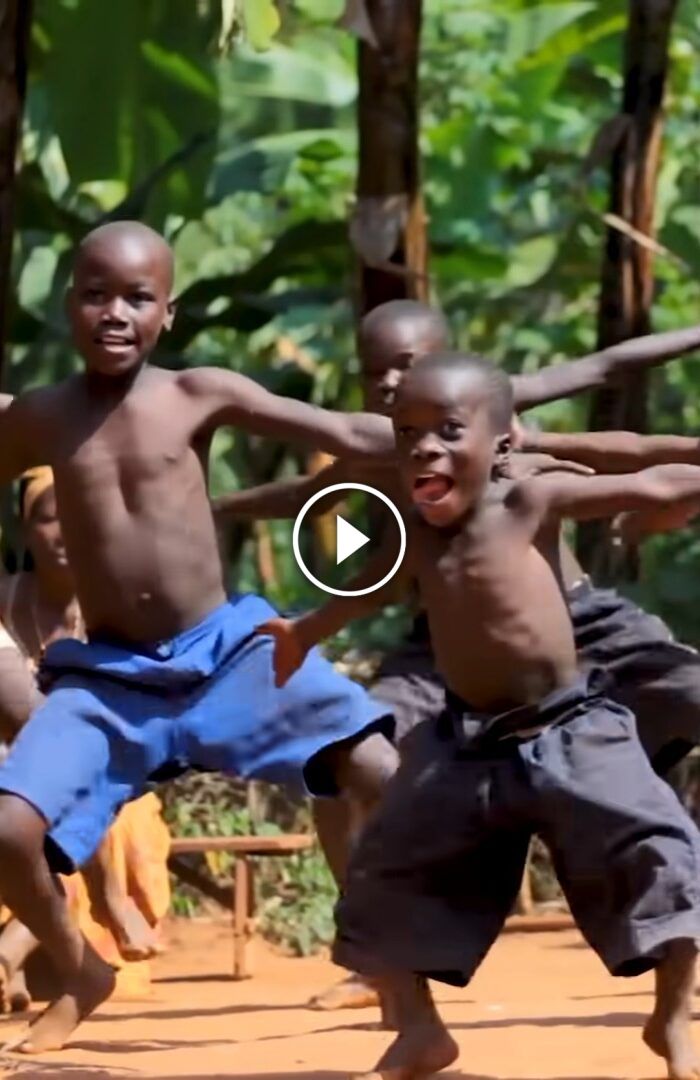
If you’re interested in witnessing the incredible energy of Afrobeat dance, I highly recommend checking out this video from Kanazi Talent Kids. These remarkable African children showcase their skills and passion in a mesmerizing performance that is sure to captivate you. It features the infectious rhythms and vibrant movements that make Afrobeat dance so compelling. It’s a testament to the power of dance as a universal language, transcending age and cultural boundaries. Watching these young dancers express themselves with such joy and skill is truly inspiring.
- Vibrant Beachside Afrobeats-Dancehall Choreo by Jay-C & Libby
- 7 Practical Steps to Develop Better Rhythm and Musicality in Dance
- Toes in the Sand: The Joy of Barefoot Beach Dancing
The Roots of Afrobeat Dance
At its core, Afrobeat dance finds its roots in the Afrobeat music genre. It is a genre that emerged in West Africa, primarily Nigeria, blending traditional rhythms, highlife, funk, jazz, and other musical influences. Fela Kuti, often referred to as the father of Afrobeat, infused the genre with powerful political and social messages, making it a platform for activism and cultural expression.
Characteristics of Afrobeat Dance
Afrobeat dance is characterized by its high energy, rhythmic movements, and fluidity. Dancers engage their entire bodies, from the arms and legs to the hips and torso, to express the intricate rhythms and emotions of the music. The dance style embodies a sense of joy, celebration, and individual creativity.
It incorporates a wide range of movements, including isolations, polyrhythmic footwork, hip gyrations, and intricate body rolls. It often involves synchronized group choreography, allowing dancers to interact and respond to one another, creating a captivating visual spectacle (our today’s video is a great example of that)
The Cultural Significance
Afrobeat dance is deeply rooted in African culture and traditions. It draws inspiration from various traditional African dances, such as the Nigerian “Afro-juju” dance, Ghanaian “Azonto” and “Kpanlogo,” and Congolese “Ndombolo.” These dances have historically been a way to celebrate cultural heritage, express emotions, and convey social narratives within the community.
Beyond its cultural significance, it also serves as a powerful tool for self-expression and empowerment. It encourages dancers to embrace their bodies, celebrate their individuality, and connect with the music on a profound level. It fosters a sense of community and unity, bringing people together through the shared experience of rhythm and movement.
Global Influence
In recent years, Afrobeat dance has gained tremendous popularity worldwide. Its infectious rhythms, lively movements, and positive energy have captured the attention of dancers and enthusiasts from diverse cultures and backgrounds. The globalization of Afrobeat dance has been facilitated by music videos, live performances by African artists, and the growing popularity of dance classes and workshops that teach African or Afrobeat-inspired dance styles.
It has also permeated mainstream media, with its influence seen in music videos, stage performances, and cultural events around the globe. Artists like Beyoncé, Wizkid, Burna Boy, and Davido have incorporated Afrobeat dance elements into their performances, further propelling its reach and impact.
Conclusion
Afrobeat dance stands as a vibrant testament to the power of music and movement. Emerging from the Afrobeat music genre, it embodies the rich cultural heritage and artistic expression of West Africa. Its energetic rhythms, fluid movements, and sense of community have transcended geographical boundaries, captivating dancers and enthusiasts worldwide. As Afrobeat dance continues to evolve and inspire, it serves as a testament to the universal language of music and the profound connection between rhythm, movement, and human expression.
If you enjoyed our today’s video, you are more than welcome to share it with your friends and let them know what you think about it. Also, consider checking out our most recent posts and stay in touch. Cheers!
